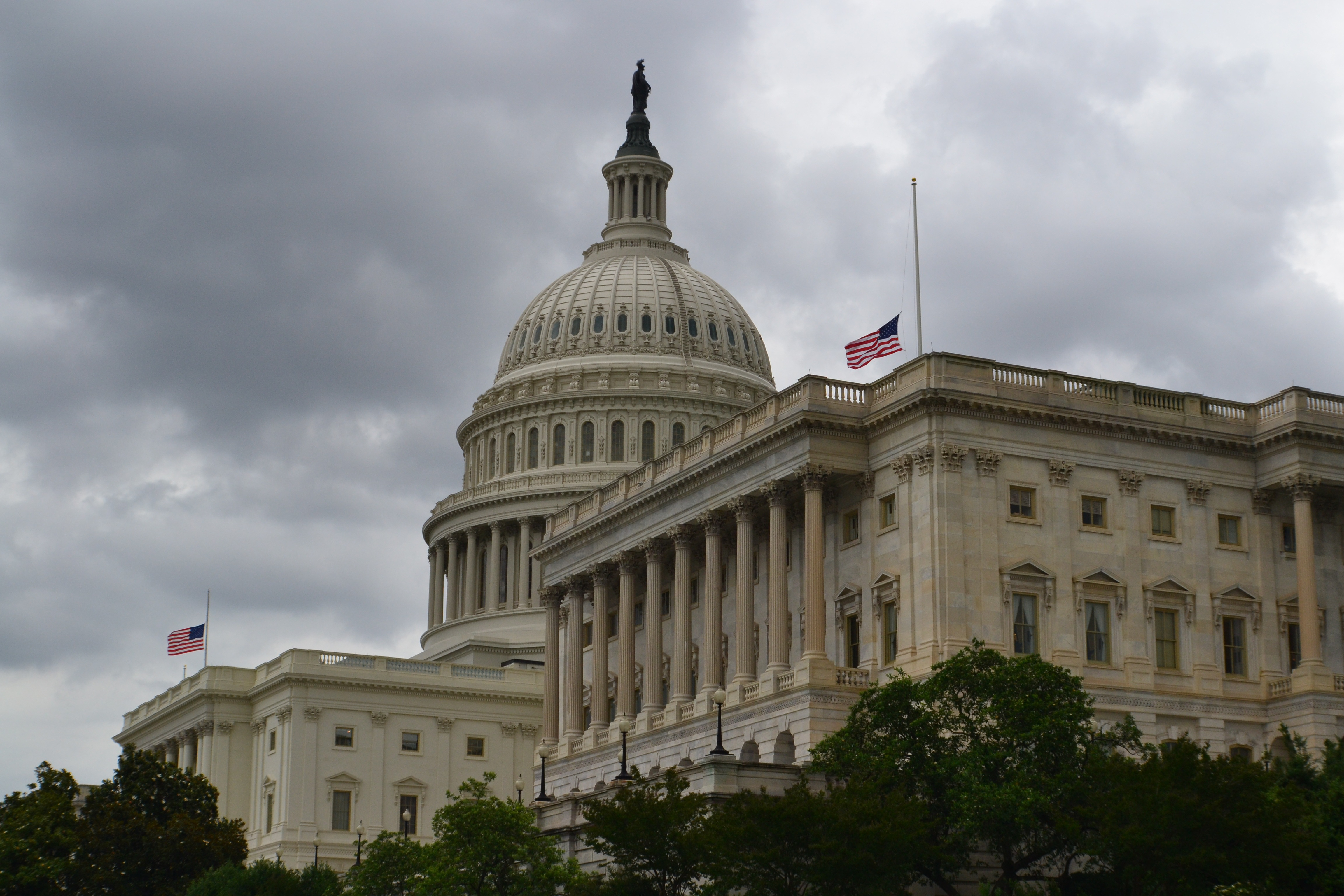True History Trumps Ignorance
Sign up for a six month free
trial of The Stand Magazine!
By now, word has gotten out about a 12-year-old boy in a Colorado school getting in trouble, temporarily, because of a small patch seen on his backpack. That boy is Jaiden Rodriguez, and he attends a charter school in Colorado Springs, Vanguard Secondary School.
The patch is a small reproduction of the Gadsden flag. This flag shows a field of yellow with a coiled rattlesnake and the bold words, declaring, “Don’t Tread on Me.”
Who knew that a tiny patch on his backpack could cause so much of a stir – because of historical illiteracy?
There is video of a school official sitting down at a conference table with Jaiden and his mother (who is off camera). The administrator intones: “The reason that [the school officials] do not want the flag…is due to its origins with slavery and the slave trade.”
The Daily Signal of the Heritage Foundation reports:
“In an email exchange Monday between Jaiden’s parents and Jeff Yocum, executive director of The Vanguard Secondary School, Yocum says that the U.S. Equal Employment Opportunity Commission had determined that the Gadsden flag is an ‘unacceptable symbol.’”
And they add, “The Equal Employment Opportunity Commission, however, later admitted that the Gadsden flag ‘originated in the Revolutionary War in a non-racial context.’”
Thankfully, after word broke out about this incident, the school relented and allowed Jaiden to bring his backpack to school after all. It’s good that Jaiden and his mother stood their ground - after all, the facts of history are on his side, not the school officials.
Gary Bauer writes about this incident:
“The ignorance is unbelievable! Every school official pushing that garbage [that Gadsden’s Flag stood for slavery] should be fired! The Gadsden Flag was created in 1775 and used during the Revolutionary War as a symbol in the fight against tyranny and oppression.”
Bauer notes also that he could not imagine school officials doing something similar if a student had had an LGBT or a BLM flag.
Connor Boyack, author of the Tuttle Twins series of books geared toward creating young American patriots, provides updates on this story involving Jaiden Rodriguez, whom Boyack calls a “super patriotic kid.”
Perhaps it’s because of kerfuffles like this that the majority of Americans are not happy with public education today, as seen in a new survey. As the WashingtonExaminer.com reports, “The poll from Gallup found that 63% of people are not satisfied with the quality of K-12 education, while only 36% said they are satisfied, including a meager 8% who said they were ‘completely satisfied.’”
Interestingly, Jaiden has become something of a hero to some of his classmates and has inspired a movement at his school. Citizen Free Press quotes him as saying: "I got to school and kids were hype. They're putting 'Don't Tread on Me' stickers on their lockers.’"
Indeed, the Gadsden flag has nothing to do with “slavery” and “the slave trade.” It has everything to do with the founders of America insisting on their God-given rights at the time trouble was brewing between the American colonies and the King of England and Parliament.
The Gadsden flag was used as a symbol of freedom for whites and blacks. For example, The Daily Signal observes:
“Notably, the Culpeper Minutemen enlisted one of the more ‘racially diverse’ units in the Revolutionary War, with 14 blacks and Native Americans, including a black flag-bearer. These men were specifically honored in a statue dedication and bricklaying ceremony in 2020.”
Modern Americans should learn more details about the heroes who stood their ground in the American War for Independence, such as Christopher Gadsden.
In 1982, two history professors wrote the book, Christopher Gadsden and the American Revolution (Knoxville: University of Tennessee Press). E. Stanley Godbold, Jr. and Robert H. Woody even include a whole chapter explaining the development of “Gadsden’s Flag.” They label Gadsden “a radical leader of the American Revolution.”
Gadsden served on the first committee in the Continental Congress that helped push for a navy (known as the Naval Committee or also the Marine Committee), forerunners to the U.S. Navy.
Godbold and Woody write that Christopher Gadsden would have been very familiar with rattlesnakes in his native South Carolina. They warn their potential victims before they strike, which they only do in self-defense. And their strike is deadly. The authors note, “No more fitting symbol could have been found to express the mood of the Continental Congress.”
After it was introduced in December 1775, Godbold and Woody point out, “Gadsden’s Flag became the most popular symbol of the American Revolution.”
America stands for self-rule under God, a summary of our Declaration of Independence. But that won’t last forever if we continue down a path of our schools cutting us off from rich national heritage.

Sign up for a free six-month trial of
The Stand Magazine!
Sign up for free to receive notable blogs delivered to your email weekly.



















